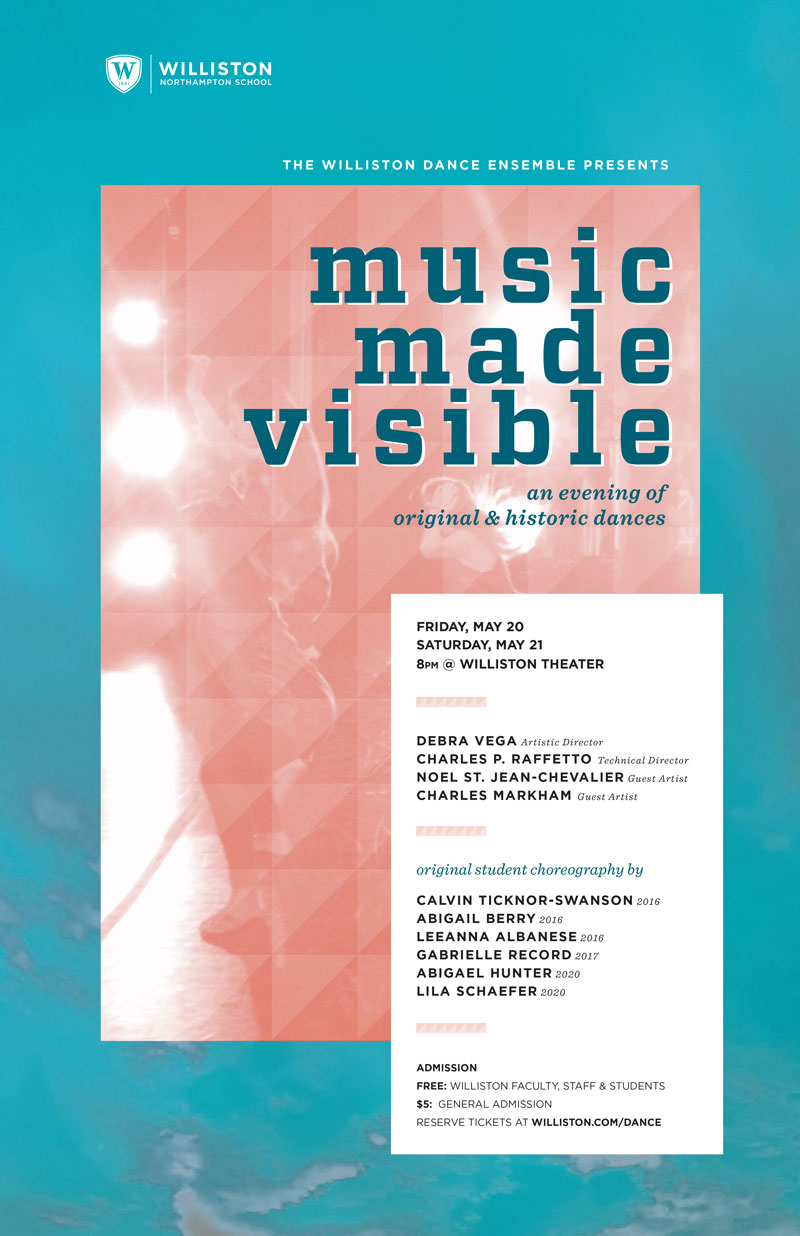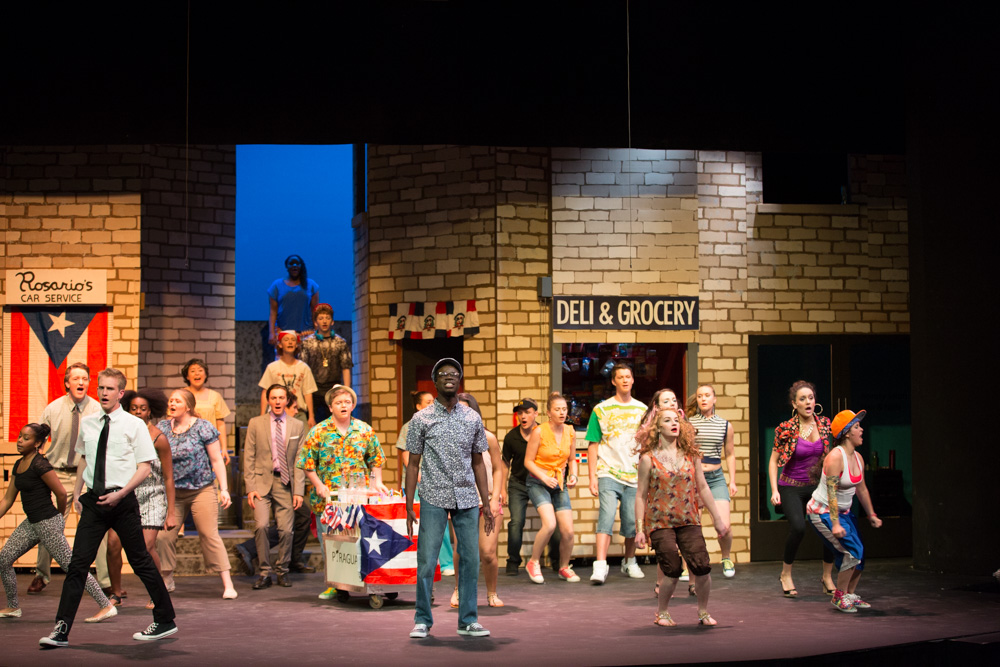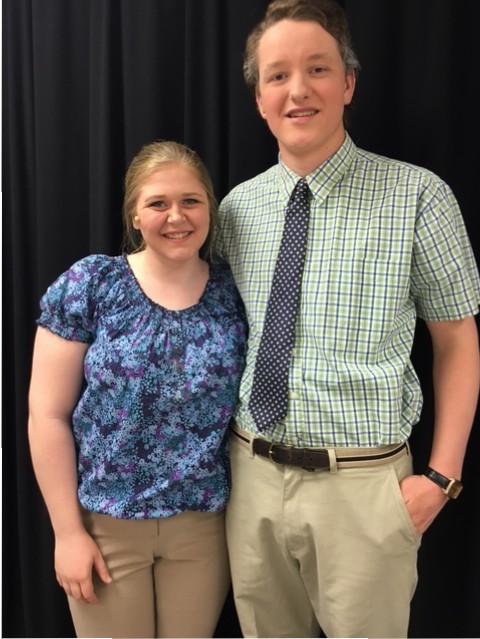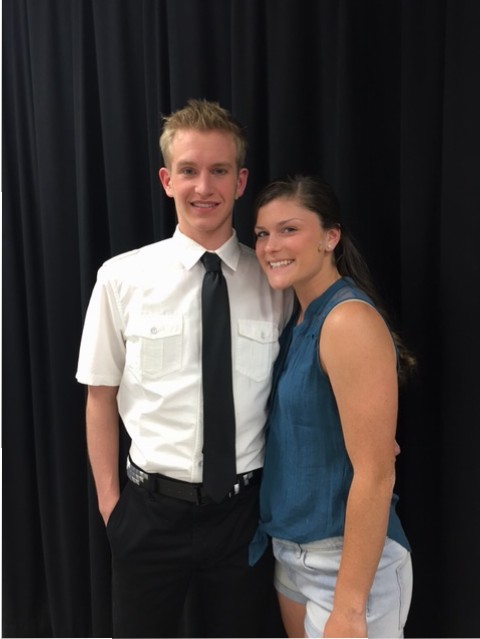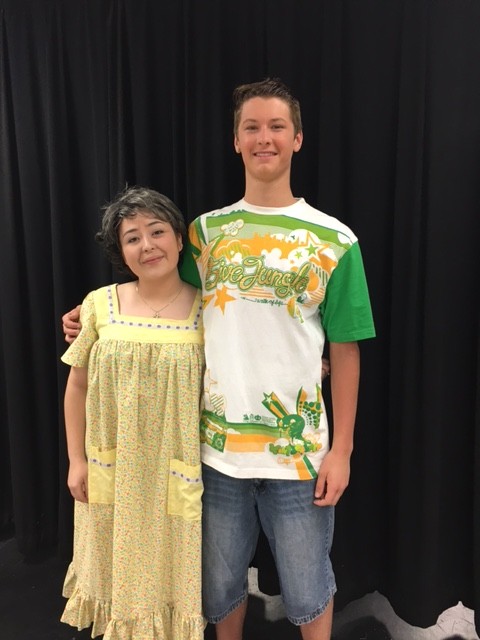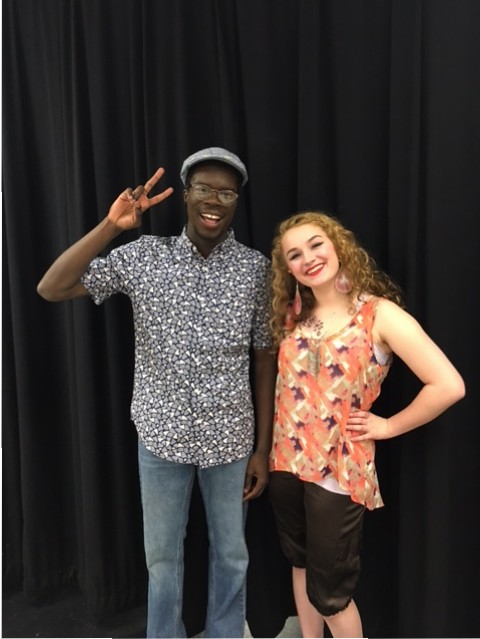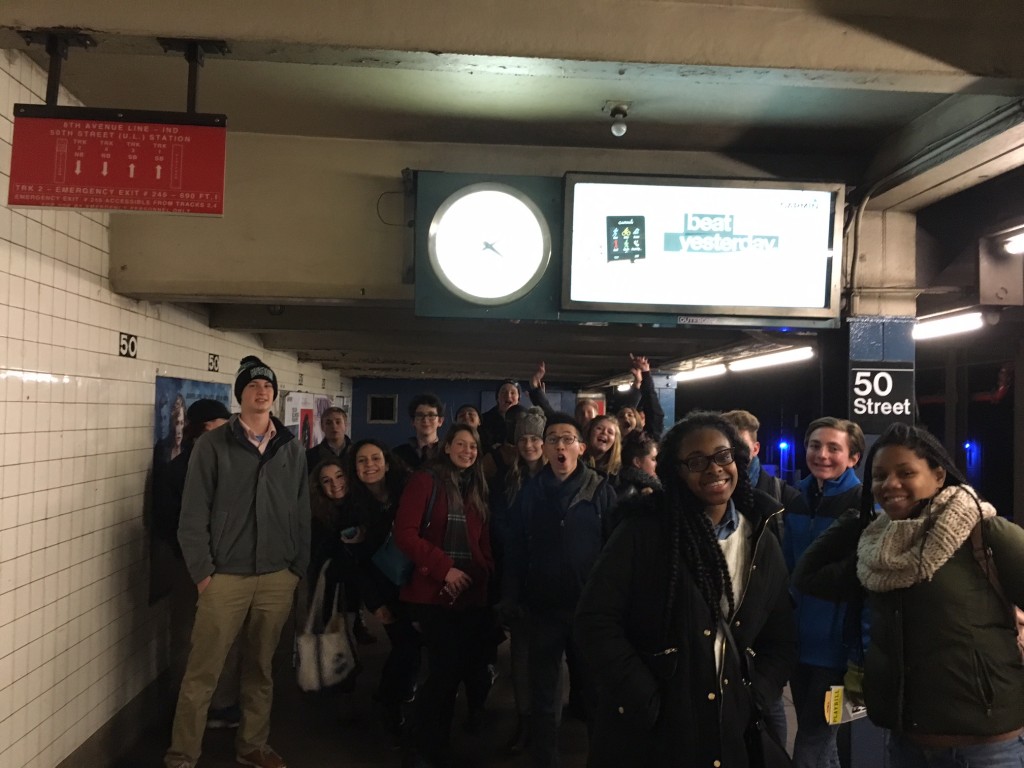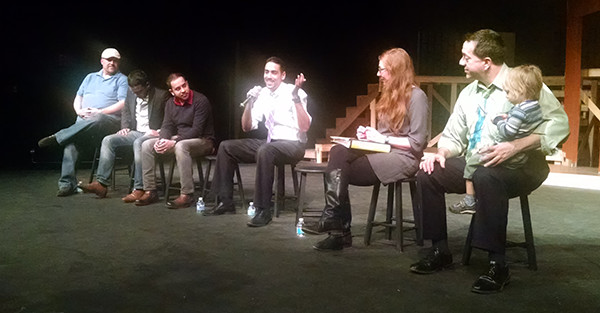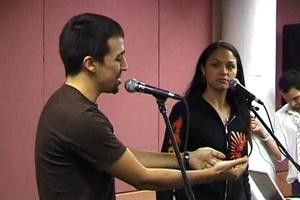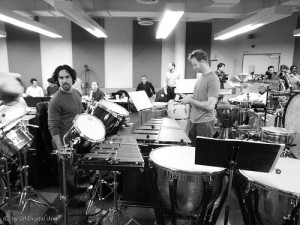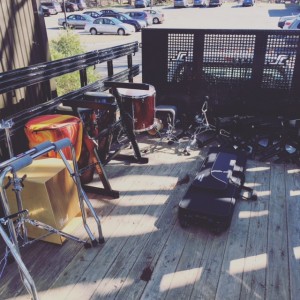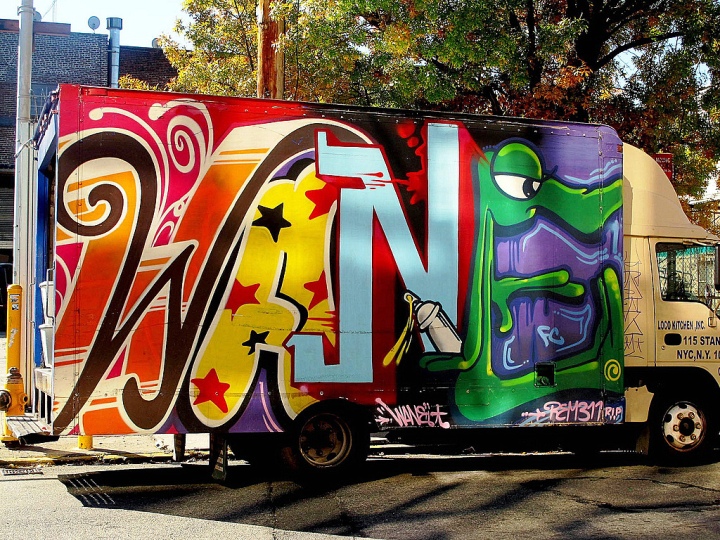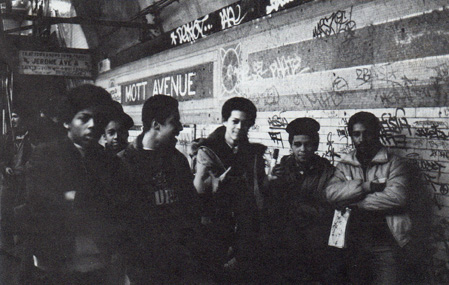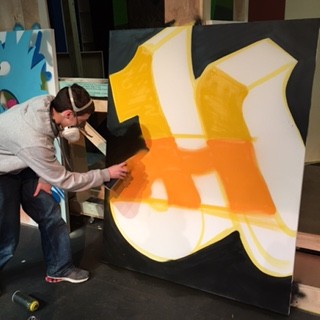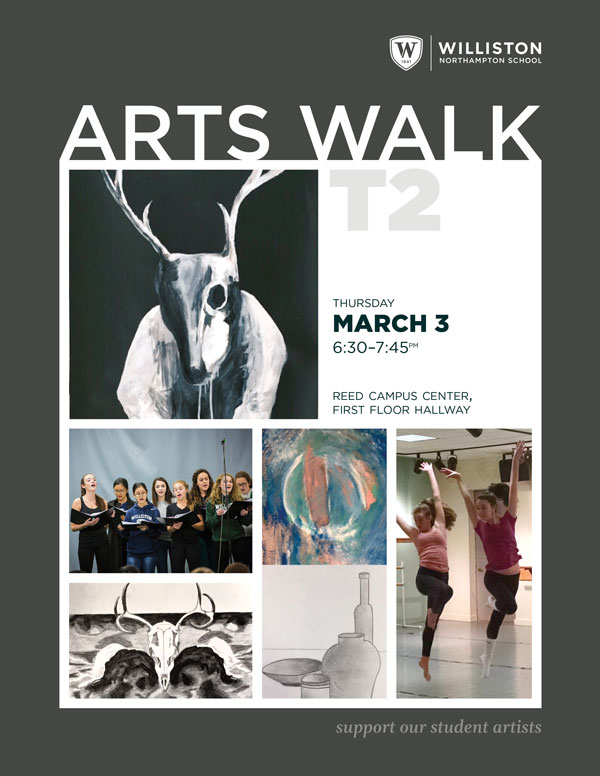At this morning’s assembly Archivist Rick Teller explained the word “commencement.” It’s a strange word, considering it is, in fact, the ceremony that marks the end of ones school career. But, as he said, it also marks the beginning of the rest of the graduates’ lives. Our graduates are about to embark on new, uncharted territory and have thrilling new adventures. They are curious to see what the future holds. Theater students will get a glimpse of what that this future might look when two alums visit campus this Thursday.
If you happened to set foot in the Williston Theatre between 2011 and 2014 the names Oliver and Ben will be familiar to you. Both graduates of the Williston class of 2014, Ben Sarat and Oliver Demers delighted audiences onstage in plays like Rumors, The Servant of Two Masters, and Urinetown. Both skilled comedians, their senior project, a combination of live improv and filmed sketch-comedy, played to a sold-out house. Ben and Oliver were more than skilled performers. Like many of our theatre students, Ben and Oliver were role models. Our younger actors and designers (now seniors themselves!) wanted to be just like them. From Ben and Oliver these younger students learned about the dedication it takes to do theatre and how critical it is to set up a welcoming and safe environment for everyone.
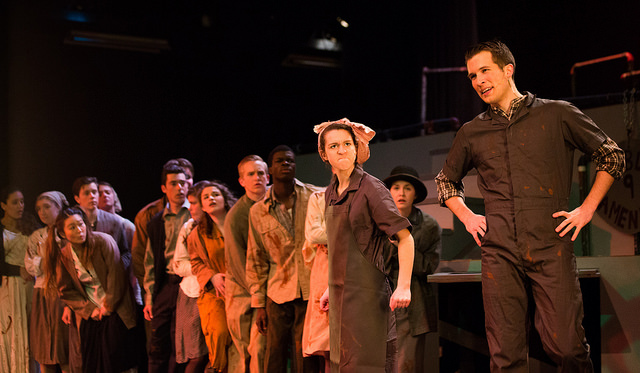
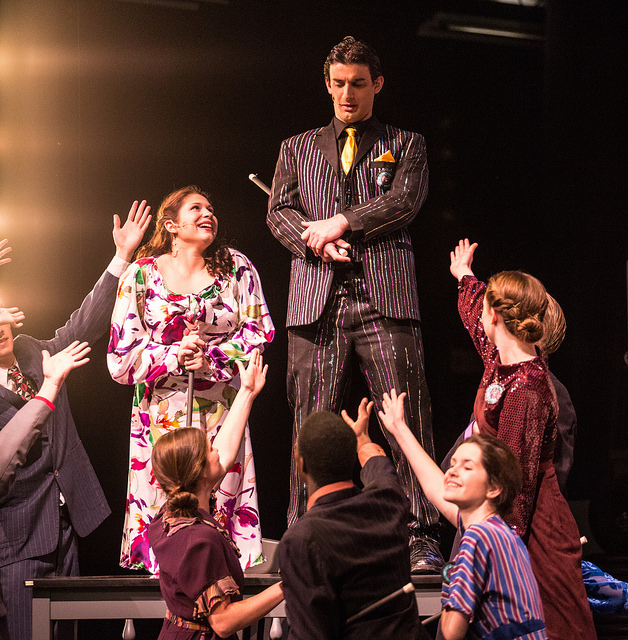
It is no surprise that Ben and Oliver went off to do some pretty exciting stuff at college. Both rising college juniors now studying theatre, Oliver has already performed off-off Broadway and Ben’s college improv team, The Dimple Divers, won the top prize at ImprovBoston’s College Comedy Festival. They’ve both studied at the Upright Citizen’s Brigade and other legendary comedy institutions. You can imagine my delight when they expressed interest in coming back to share what they’ve learned with current Williston students. It’s safe to say that their expertise has now outpaced mine!
The two will be returning to campus tomorrow, Thursday May 26th from 3-4 in the Studio Theatre, to lead an improv masterclass with our current students. We invite anyone who has taken a theatre class at Williston to join us for an afternoon of true hilarity. Be prepared to try some new improv games and learn new tricks of the comedy game. I can’t wait to see what Ben and Oliver have up their sleeves. If you have any questions please don’t hesitate to get in touch with me at editkovski@williston.com.


